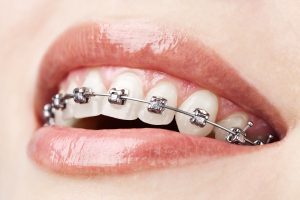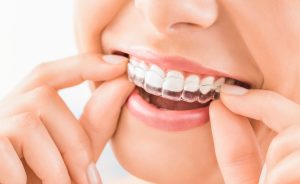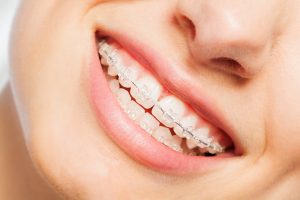Orthodontics
Types of Orthodontic Issues
Braces are used to move teeth into the ideal position and align how they bite together, known as occlusion. Malocclusion is used to describe the misalignment of teeth between the upper and lower dental arches.
Angles Classification Method
· Class I: Considered the ideal relationship between the upper and lower teeth. Crowding or spacing may also be present.
· Class II: Commonly known as an overbite. The patient’s lower first molar is positioned more posteriorly in relation to the upper first molar. The mandible is not necessarily retruded; the maxilla may be protruded.
· Class III: The patient’s lower first molar is positioned more anteriorly in relation to the upper first molar. The mandible is not necessarily protruded; the maxilla may be retruded. The lower jaw, or mandible, protrudes forward and is best described as an “underbite.”
Crossbite
A crossbite describes a patient’s bite with upper teeth positioned inside the lower teeth when they close their mouth. Also known as a misaligned bite, a crossbite can cause teeth to wear down. A misaligned bite at the back of the mouth, referred to as a posterior crossbite, can cause tooth grinding, jaw problems, and abnormal facial development.
Crowding
Crowding is the most common reason people seek out orthodontic care. It occurs when there is not enough room in the mouth to accommodate all of the teeth. Crowded teeth are hard to floss and can contribute to tooth decay if they are not corrected.
Spacing
If you have unnatural gaps between your teeth, you may have abnormal tooth spacing. Excessive spacing is often as problematic as tooth crowding.
Impacted teeth
An impacted tooth cannot erupt because another tooth is in the way or because there is not enough room in the jaw. Wisdom teeth frequently become impacted, causing pain to older adolescents and younger adults. Canines also often become impacted when a patient has crowded teeth.
Types of Orthodontic Treatment
Several different types of orthodontic treatment are available today. The type of orthodontic treatment that we would recommend depends mainly on your age, orthodontic problem, and treatment severity.
· Fixed orthodontic appliance, metal or ceramic brackets
· Removable orthodontic appliance
· Clear retainers




